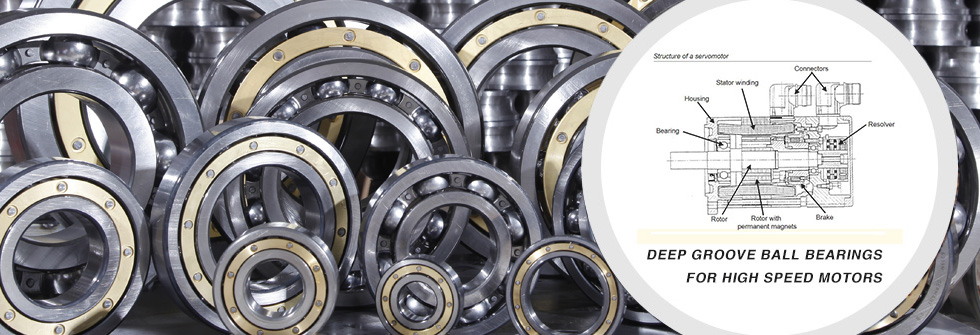Electrical Bearing Damage– Problems & Causes
2016-03-25Until all motors are designed with built-in bearing protection, plant maintenance personnel and motor repair shops will continue to replace damaged bearings. But if a motor's bearing problem is fixed correctly and proper mitigation installed, it only has to be done once. Better yet, informed technicians can make use of the latest diagnostic techniques (vibration analysis, thermography, shaft-voltage testing, etc.) to ward off electrical bearing damage from the beginning. For a new motor or one already in service, this is what is meant by "best practices."
The Problem: Electrical Bearing Damage
Variable frequency drives (VFDs) or inverters can save 30 percent or more in energy costs. Because of this, they have been cited as a key technology for those wishing to make their processing plants, automated assembly lines, HVAC systems and other equipment more energy-efficient ("green").Unfortunately, whether used to control a motor's speed or torque, VFDs often induce voltages and currents that can damage bearings. In fact, the costly repair or replacement of failed motor bearings can wipe out any savings a VFD yields and severely diminish the reliability of an entire system.
The Causes
Bearing failure rates vary widely, but evidence suggests that a significant portion of these failures occur only three to 12 months after system startup. Because many of today's motors have sealed bearings to keep out dirt and other contaminants, electrical damage has become the most common cause of bearing failure in AC motors with VFDs.
The high switching frequencies of today's VFDs produce parasitic capacitance between a motor's stator and rotor. By now it is widely understood that once the resulting shaft voltages overcome the dielectric properties of bearing grease, they discharge along the path of least resistance — typically through the bearings (Figure).
Figure : Voltages arcing through the bearings of VFD-driven motors create thousands of pits, which cause increased friction and noise and the potential for costly unplanned downtime as bearing grease deteriorates.
These discharges are so frequent that they create millions of tiny fusion craters. Before long, the entire bearing race wall can become marked with countless pits known as frosting. A phenomenon known as fluting may occur as well, shaping the frosting into washboard-like ridges across the bearing race. This causes noise, vibration, increased friction and catastrophic bearing failure.
Linqing Nine Star Bearing Science & Technology Co., Ltd
( Insulated bearing, Hybrid ceramic bearing and brass cage DGBB)
Follow us via E-mail info@jxkjzc.com; Website www.ninestarbearing.com.












